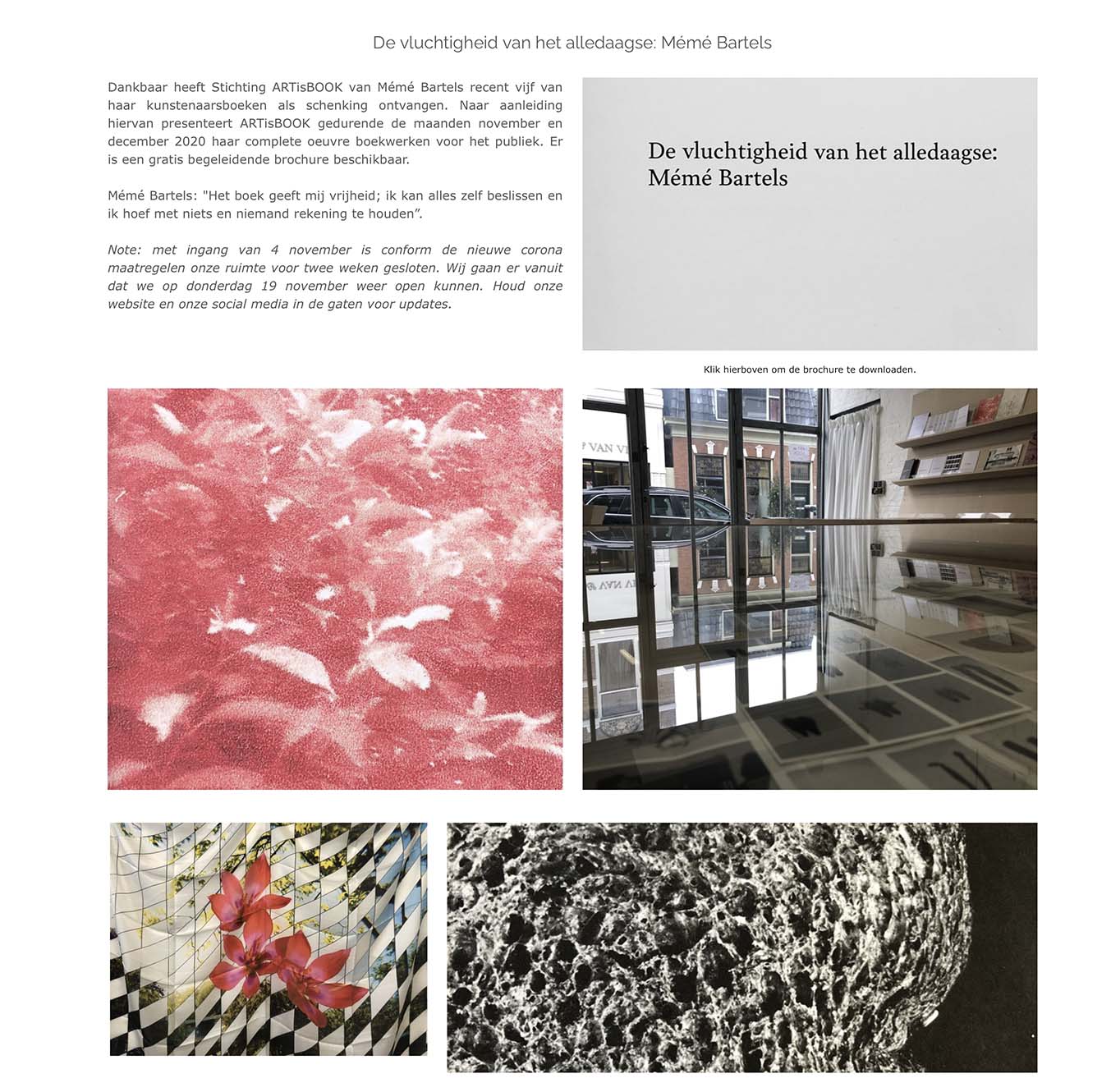A handmade book
Size: 20 x 26 cm
Edition: 20
Publication date: September 2019
Price: Sold out
The title Millefleurs refers to a design of flowers that was used for wall hangings in the Middle Ages. These wall hangings had two purposes: decoration and insulation. The rise of wallpaper in the 18th century eventually made wall hangings superfluous.
My “Millefleurs” are scarves, with suburbia as the main theme. Suburbia is my home. In the late 1950’s, a new neighborhood was built in my hometown, in which a house was built for us. They were semi attached houses with a garden, a driveway and a garage. In the same period, the garden cities were developed in my current hometown. Space, greenery, water and playgrounds made these suburbs special. The modern family lived there. Advertisements from that time promoted the very latest household equipment. It was a new time. A time of progress. This is where the modern consumer society began. In my memory, the skies in suburbia are blue and the houses under construction. Everything new is embraced. The future is celebrated. The threat is excluded.
As for the shape of the book. I often use the grid and sequence. When you put the grid over a photo, you have a sequence in one photo. It thus becomes a design. In Millefleurs I used a photo of the view of my neighbors as a background. This photo is the last in a series. The previous photos are bundled in Arcadia (2017).

Solo exposition
'Gratefully, the ARTisBook Foundation recently received five of its artist's books from Mémé Bartels as a donation. As a result, ARTisBook will present its complete oeuvre of books to the public during the months of November and December 2020.
‘Bartels's work fits within a trend that is once again on the rise. This is a close relationship between the artwork and the collection. These "artist-collectors" create presentations consisting of everyday objects that are arranged and archived in their own way; the objects are taken out of context and placed in a new system with a different hierarchy. This all started with Ed Ruscha in 1963 and then with Hans-Peter Feldmann, Annette Messager, Sol Lewitt, herman de vries and Christian Boltanski. In recent years, you can see it reflected in works by Anne Geene, Martin Brandsma, Vibeke Mascini and Luuk Wilmering, in addition to the work of Bartels. These artists investigate, experiment and question existing meanings. They investigate how the environment is experienced and from what perspective it is viewed.